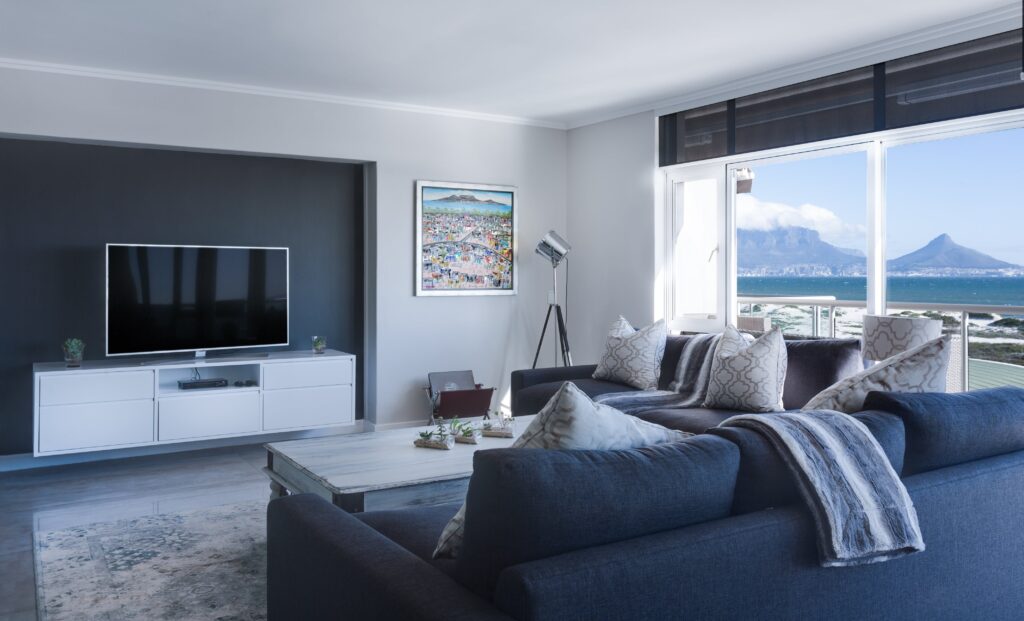Introduction
When it comes to decorating your living room, incorporating patterns and textures can add depth, personality, and visual interest to your space. However, mixing patterns and textures can be a daunting task. The key to achieving a tasteful and visually appealing living room decor lies in selecting complementary elements that harmonize with each other. In this article, we will provide you with guidance on how to mix various patterns and textures in your living room, helping you create a space that is both stylish and inviting.
1. Start with a Neutral Base
Before diving into patterns and textures, it’s important to establish a neutral base for your living room decor. Choose a neutral color palette for your walls, furniture, and larger pieces. Neutrals such as whites, grays, and beiges provide a versatile backdrop that allows patterns and textures to shine without overwhelming the space.
2. Select a Dominant Pattern
When mixing patterns, it’s essential to choose one dominant pattern that will serve as the focal point of your living room. This pattern should be bold and eye-catching, such as a large floral print or a geometric design. Use this dominant pattern sparingly on items like accent chairs, throw pillows, or a statement rug.
3. Add Subtle Patterns
To complement the dominant pattern, incorporate subtle patterns that are smaller in scale. These can include pinstripes, herringbone, or small-scale geometric patterns. Use these patterns on items like curtains, lampshades, or cushions. The goal is to create a cohesive look by incorporating patterns that share similar colors or motifs.
4. Mix Textures
In addition to patterns, textures play a crucial role in creating visual interest in your living room. Mixing textures adds depth and tactile appeal to your space. Consider incorporating textures such as velvet, leather, faux fur, or woven materials. Use these textures on items like sofas, chairs, rugs, or curtains. The contrast between smooth and rough textures will create a dynamic and visually appealing atmosphere.
5. Consider Color Harmony
When mixing patterns and textures, it’s important to consider color harmony. Select colors that complement each other and create a cohesive look. You can achieve color harmony by using a color wheel to identify complementary or analogous colors. For example, if your dominant pattern features shades of blue, consider incorporating complementary colors like orange or analogous colors like teal or navy.
6. Use Solid Colors as Anchors
While patterns and textures add visual interest, it’s essential to balance them with solid colors. Use solid-colored furniture or accessories as anchors to prevent your living room from feeling overwhelming. Solid-colored sofas, coffee tables, or wall art can provide a visual break and create a sense of balance in your decor.
7. Experiment with Scale
When mixing patterns and textures, don’t be afraid to experiment with scale. Combine large-scale patterns with smaller-scale ones to create visual contrast and add depth to your living room. For example, pair a large floral print with smaller-scale geometric patterns or vice versa. The key is to strike a balance and ensure that the patterns and textures don’t compete with each other.
8. Limit the Number of Patterns
While mixing patterns and textures can be exciting, it’s crucial to exercise restraint. Limit the number of patterns to avoid overwhelming your living room. A good rule of thumb is to stick to three to four patterns in total. This will ensure that your space feels cohesive and visually appealing without being too busy.
Conclusion
Mixing patterns and textures in your living room decor can transform your space into a visually appealing and stylish haven. By starting with a neutral base, selecting a dominant pattern, adding subtle patterns, mixing textures, considering color harmony, using solid colors as anchors, experimenting with scale, and limiting the number of patterns, you can create a living room that reflects your personal style while maintaining a harmonious and inviting atmosphere.
Remember, the key is to find a balance and let your creativity shine. Happy decorating!
